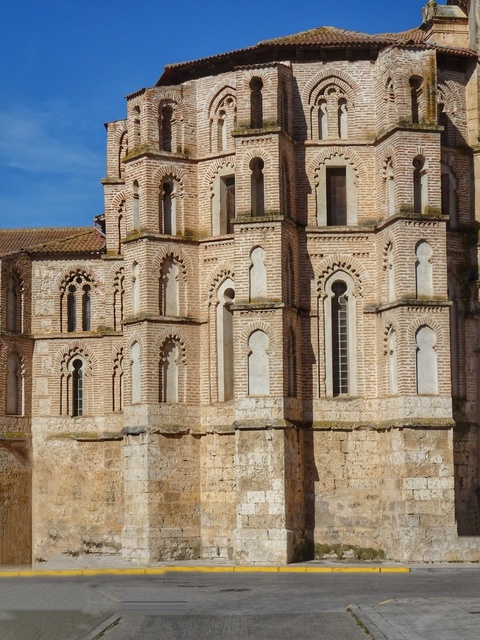San Esteban de Gormaz – Langa de Duero
12 May 2019 GR14 STAGE 08
We joined the Senda del Duero between El Burgo de Osma and San Esteban de Gormaz. Now we continue walking along the GR14 Senda del Duero. Click here for the map.
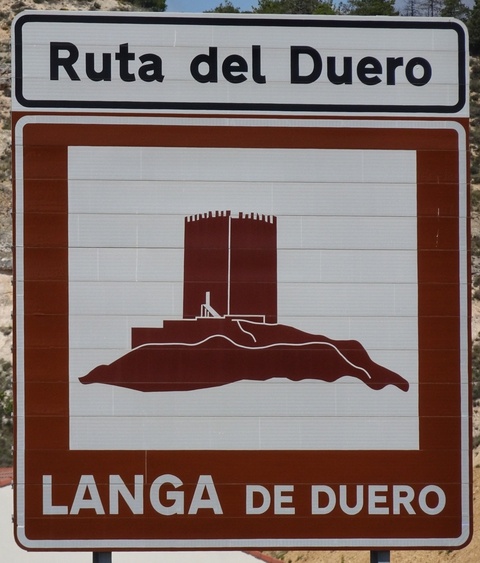
What a difference today. Leaving San Esteban de Gormaz there were no waymarks so we followed the “official” GPS track which turned out to be an unmarked faint path closely following the Duero. Slightly suspicious but in the absence of any alternative we continued. After about 7 km we met a local farmer who told us the Senda was cut and we needed to go to the road which we did. Sure enough, it was cut and as far as we could tell if indeed the path existed (doubtful) it would have been cut in many places. So… 3 hours of very unpleasant marching along the busy N-122 main road and we arrived at Langa de Duero. 21 kms in 5 hours.
El Cid (1043 – 1099) was mayor of Langa de Duero during one if his exiles.
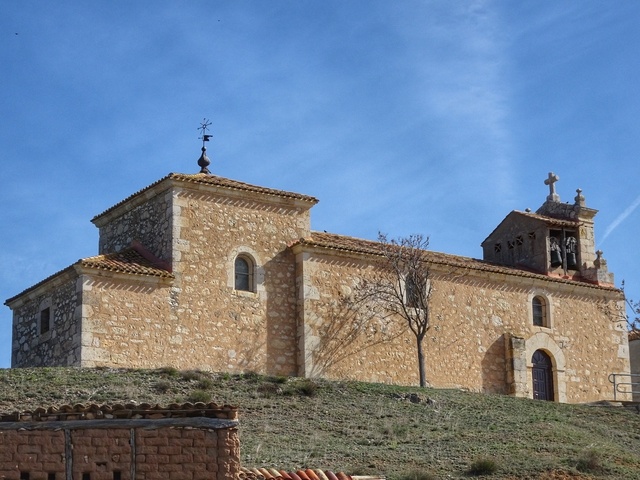
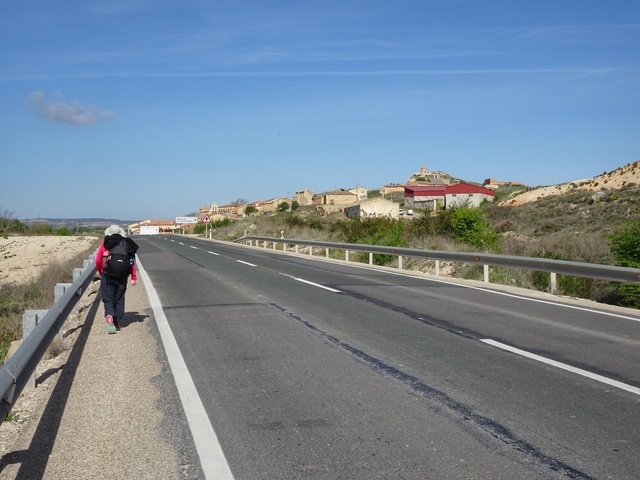
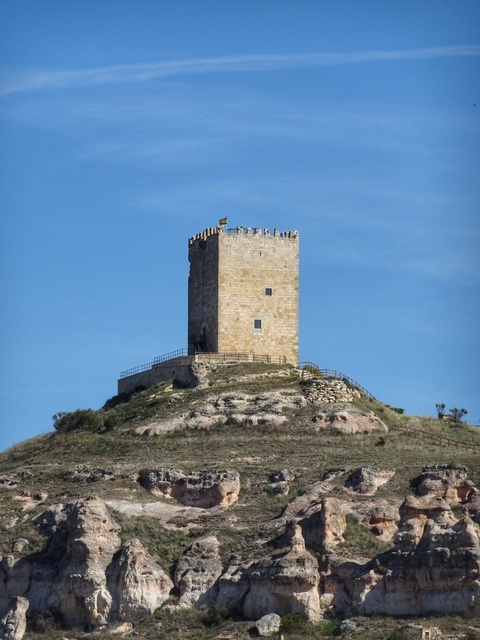
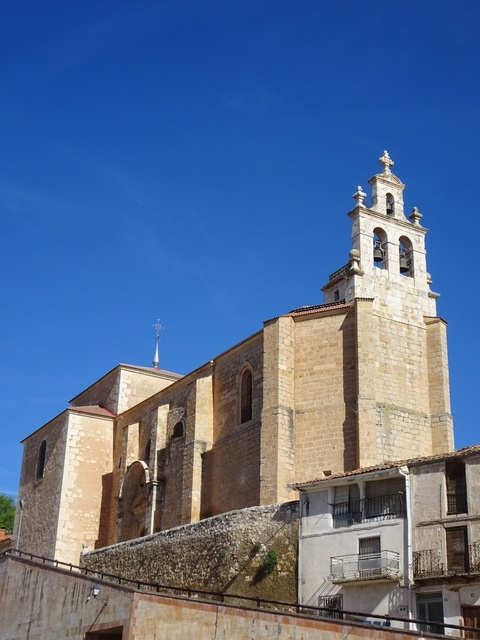
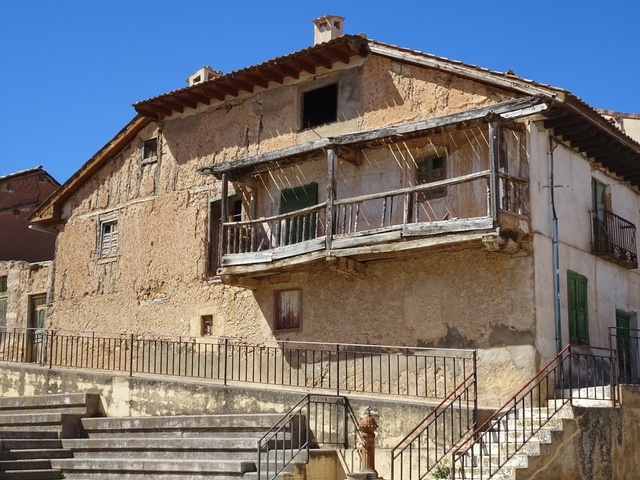
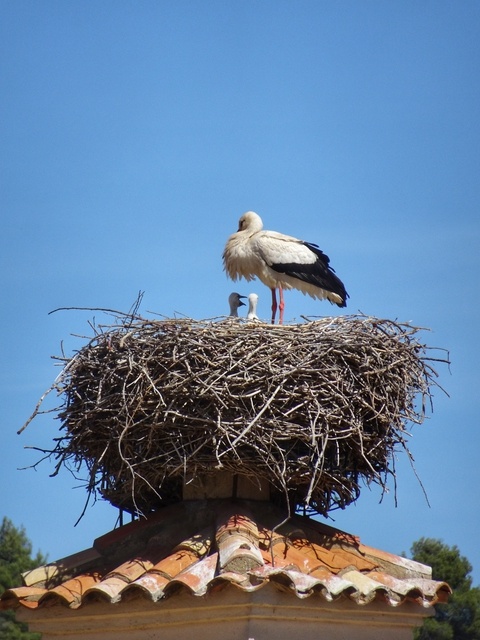
Langa de Duero to La Vid
12 May 2019 GR14 STAGE 09
Today’s walk was a very pleasant 11.1 kms in 2 hours 40 minutes mostly closely following the Duero River.
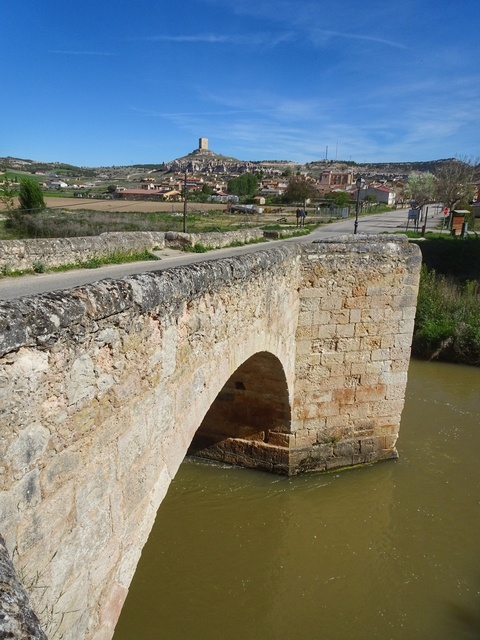
The Duero was the frontier between Muslim and Christian lands
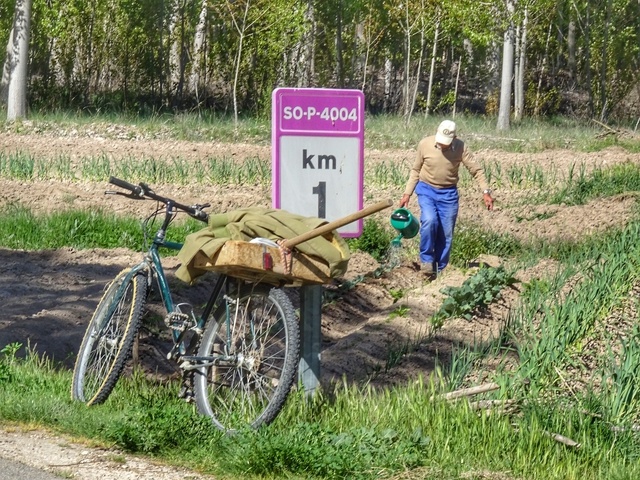
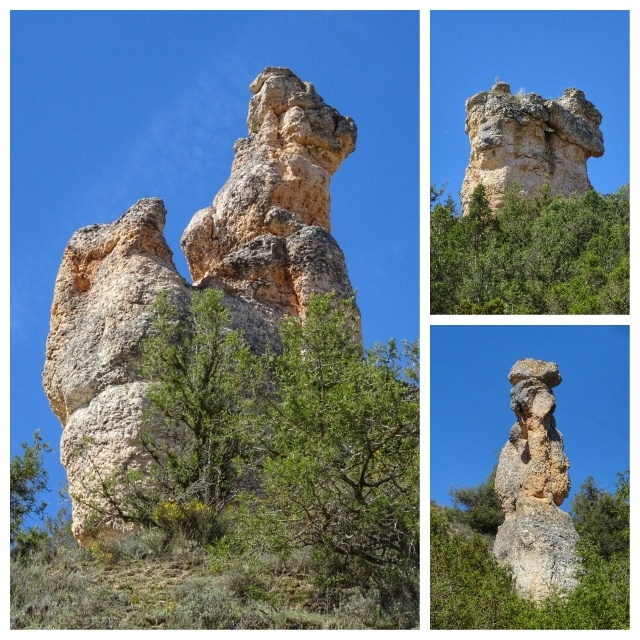
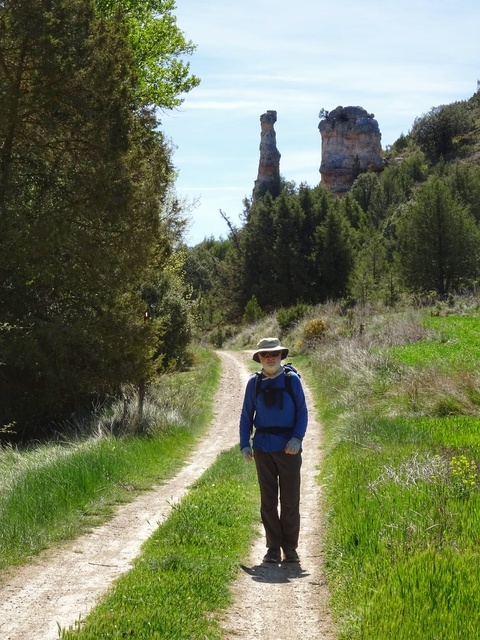
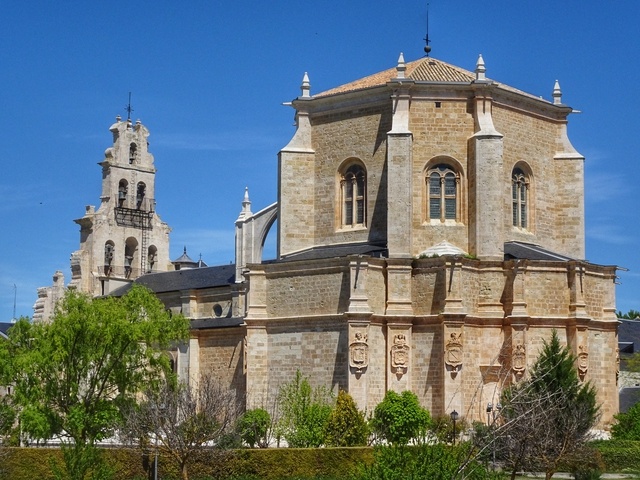
Today an Augustinian monastery, it was founded in the 12th century. The current building is from 16-18th centuries
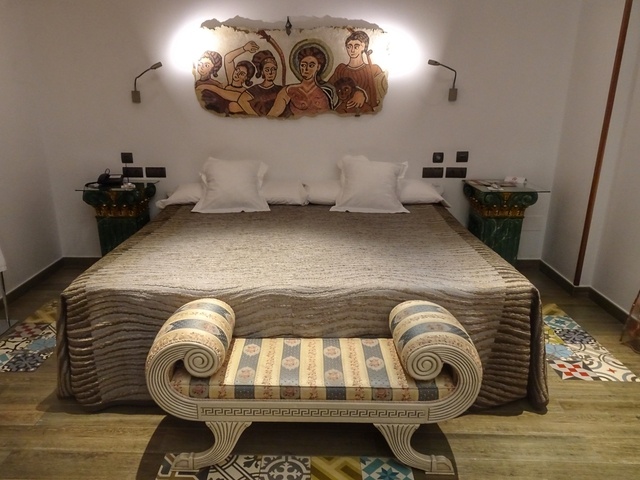
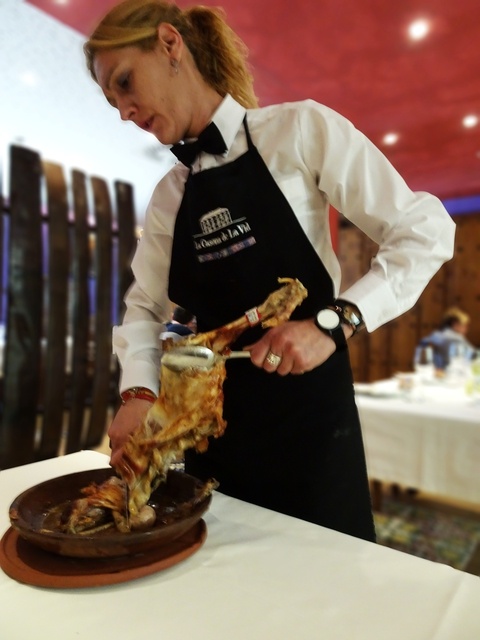
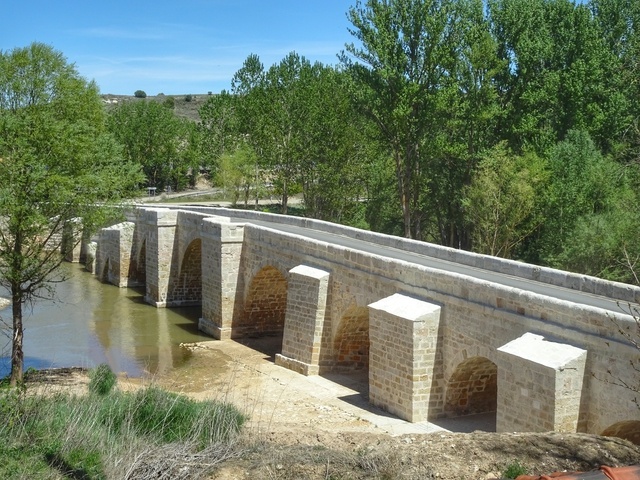
La Vid – Aranda del Duero
13 May 2019 GR14 STAGE 09
A cold start but a warm day. A lovely stretch by the River then through fields of wheat. 22 kms, 5 hours.
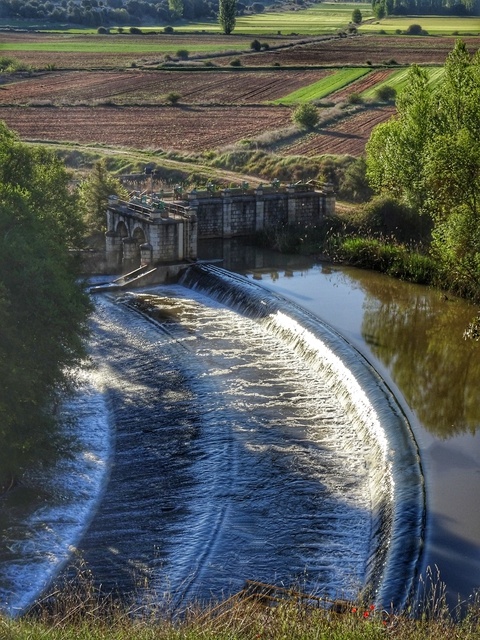
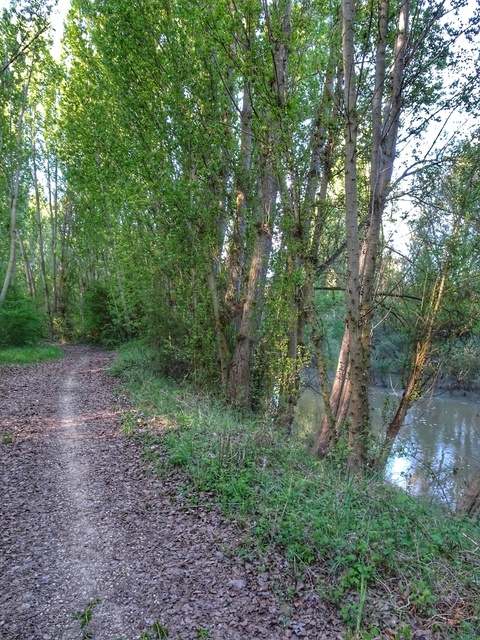
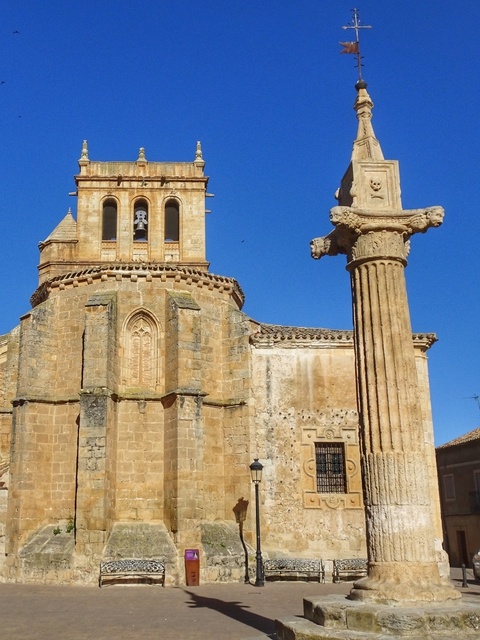
The Renaissance Rollo de Justicia indicating the royal, council or monastic ruler of the village
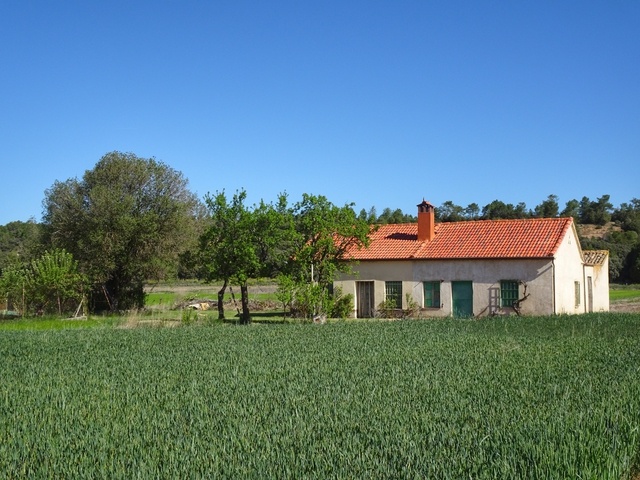
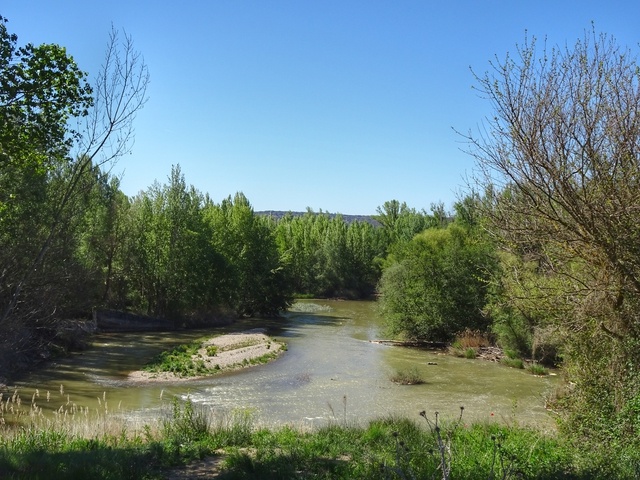
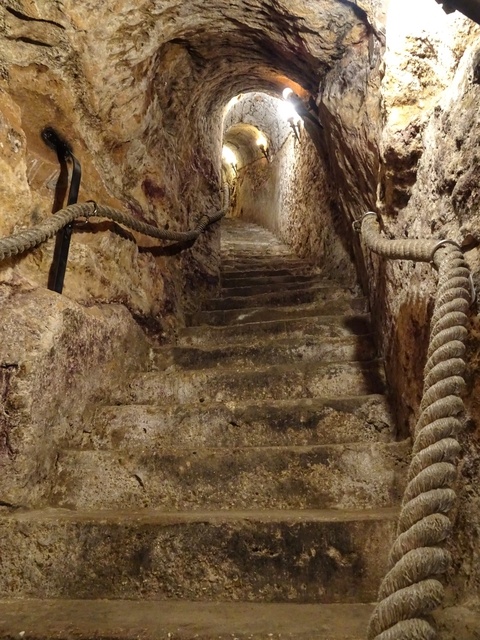
There are still 120 cellars covering 7 kms below the old Aranda
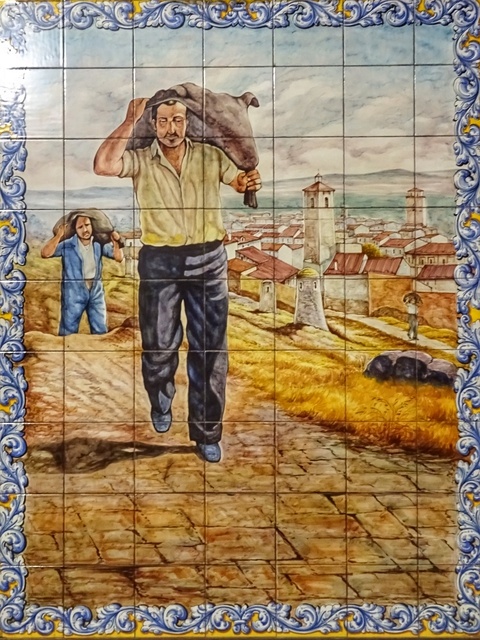
Here, men carrying wine emerge from an underground cellar
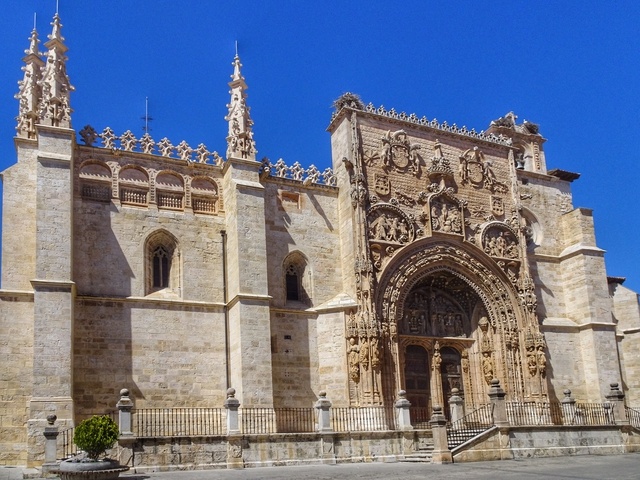
A beautiful Gothic portal decorated by intricately detailed holy martyrs and Biblical stories
Aranda del Duero – Roa
14 May 2019 GR14 STAGE 10
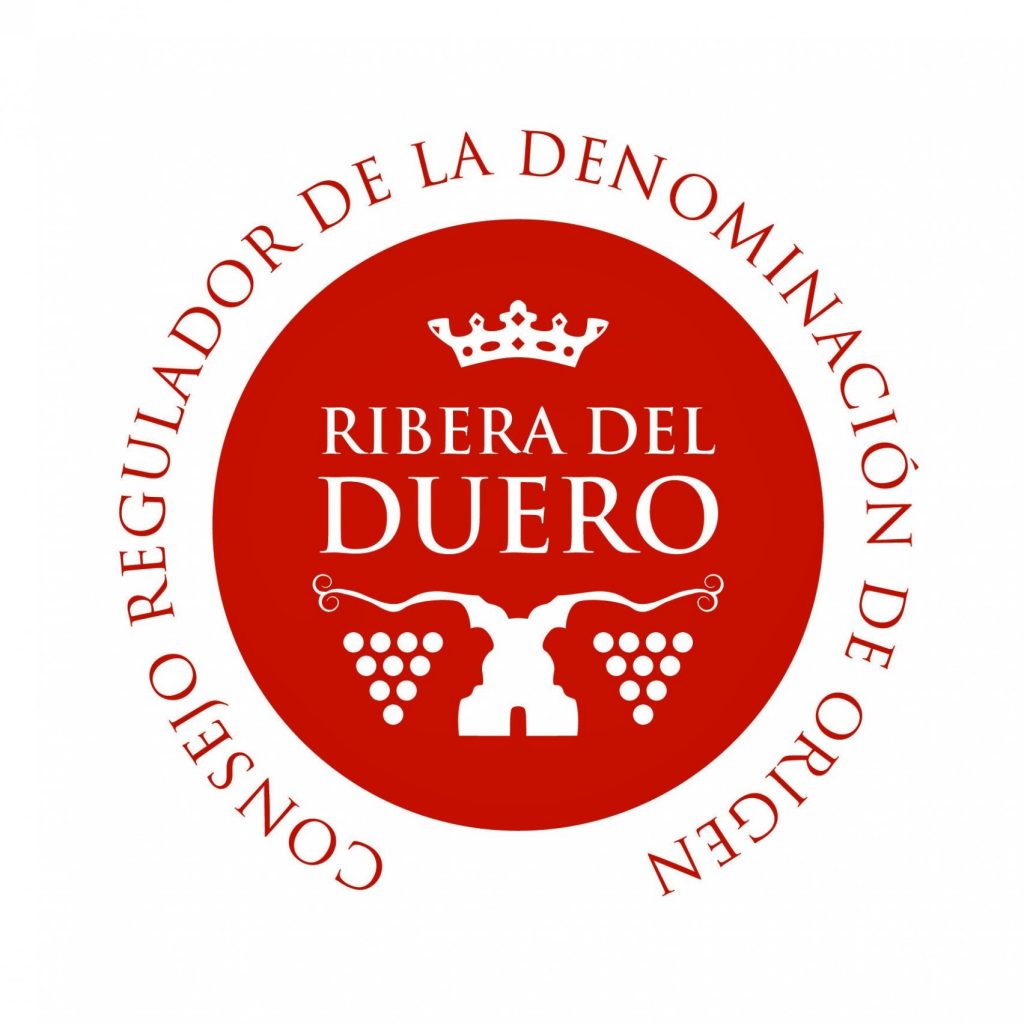
We had walked to Castrillo de la Vega, about 7-8 kms from Aranda and one of the prettiest sections of the Duero previously in 2017 and this inspired us to return to futher explore the Duero (click here). This time we took a bus to Castrillo and started walking. Another cold morning, 3°C but it soon warmed up for perfect walking conditions. Today we didn’t see the Duero until we arrived at Roa, walking through farms and vines, 19.2 kms 4 hours 25 minutes.
Roa is located on a hill overlooking the Douro River and dominating the landscape. It is the old Rauda on a Roman road that went from Clunia to Astorga.
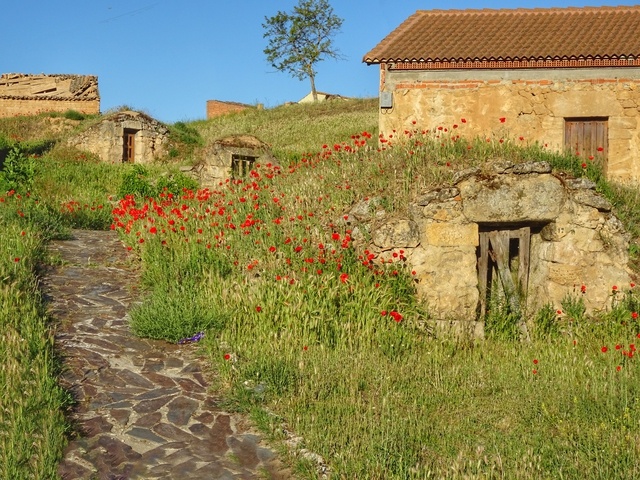
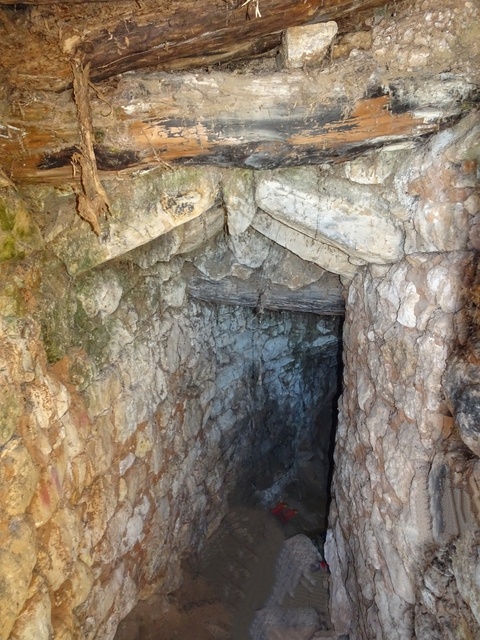
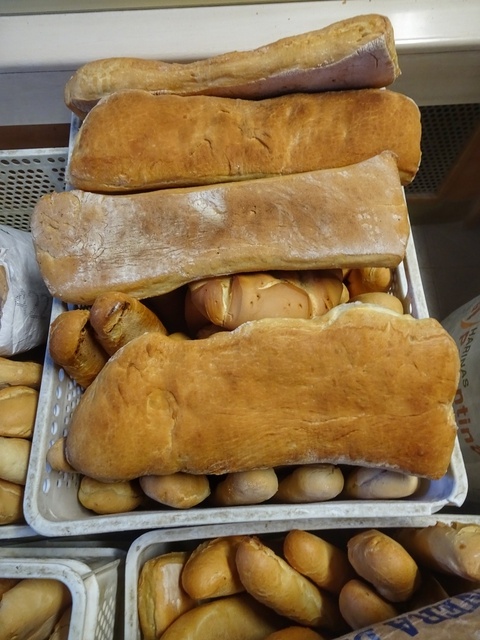
The baker also makes tiny breads to give to the children and she gave us one each as we are “big children”
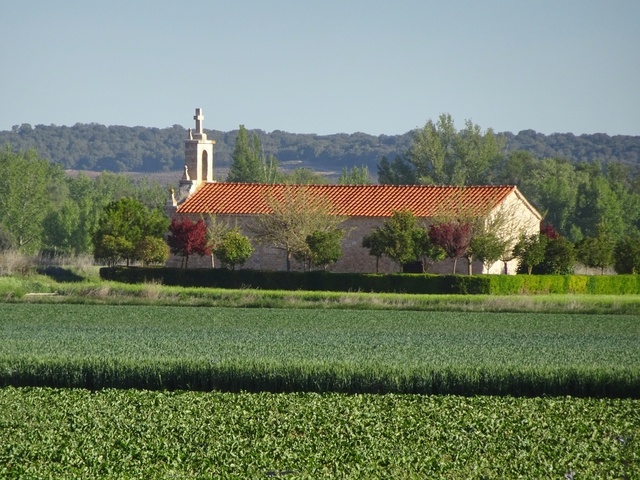
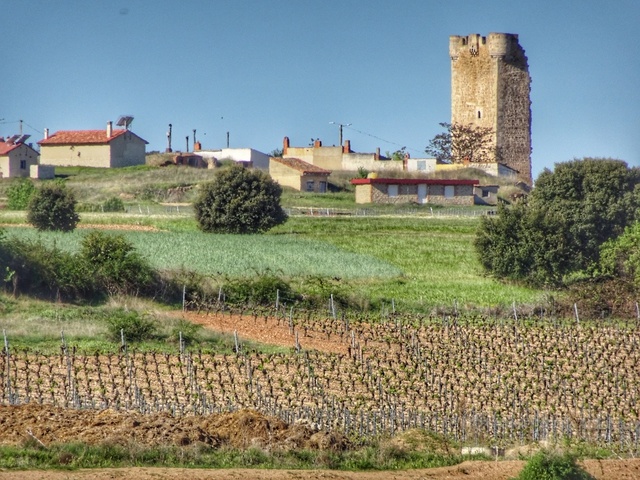
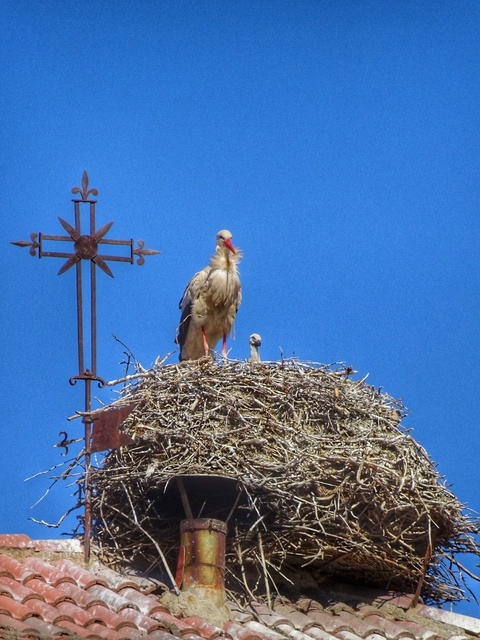
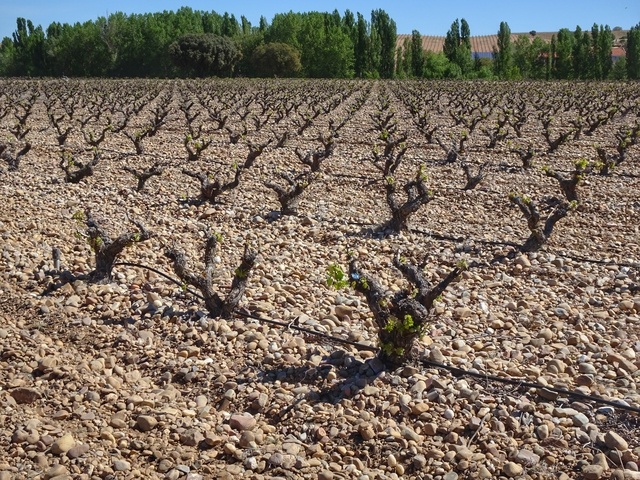
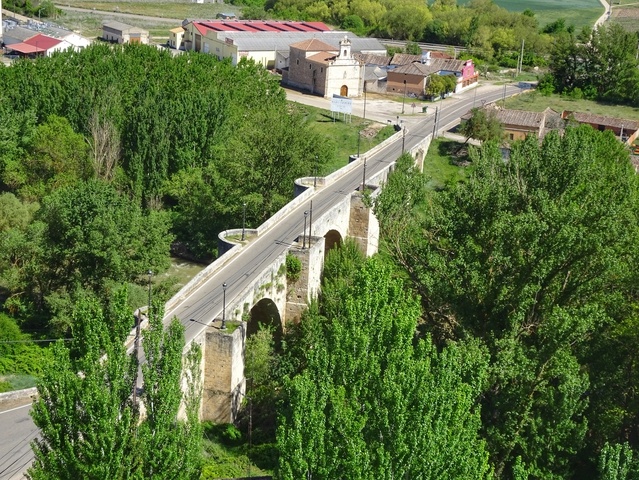
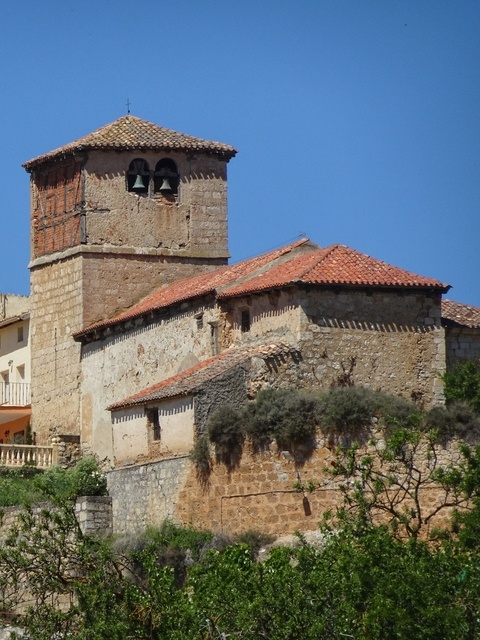
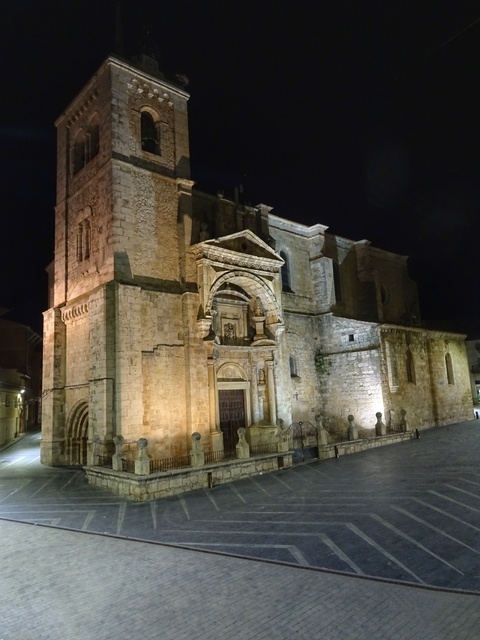
Converted to 3 beautiful apartments, it really is the “House of My Grandmother” of the owner who was born there
Roa – Peñafiel
15&16 May 2019 GR14 STAGE 11
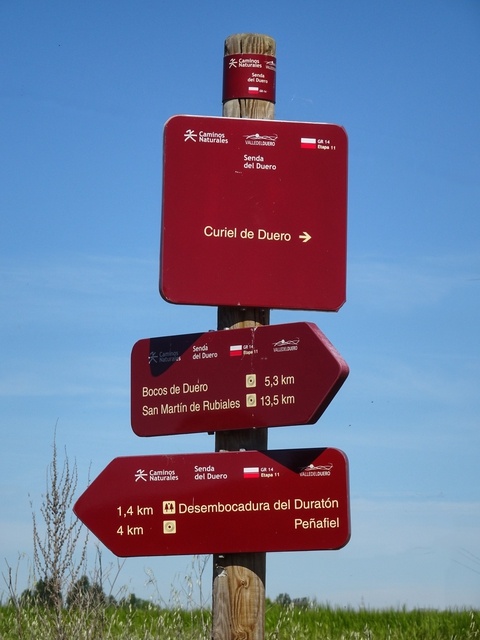
From Roa to Peñafiel is about 28 km. We can’t, or don’t want to, walk that far anymore so we bussed to San Martin de Rubiales and then walked the remaining 18.6 km to Peñafiel in 4 hours 15 minutes. The first half was across open fields of wheat and grapes, the second half closely following the Duero River.
Peñafiel was a defensive frontier in the 10th century and its walls and castle built in the 14th century. There is still a Medieval network of narrow streets in the historic center. When we were here in 2017 everything was closed, only 2 bars open but this time the town was active and lively. Here is the blog and photos from 2017. We had a day off in Peñafiel this time too.
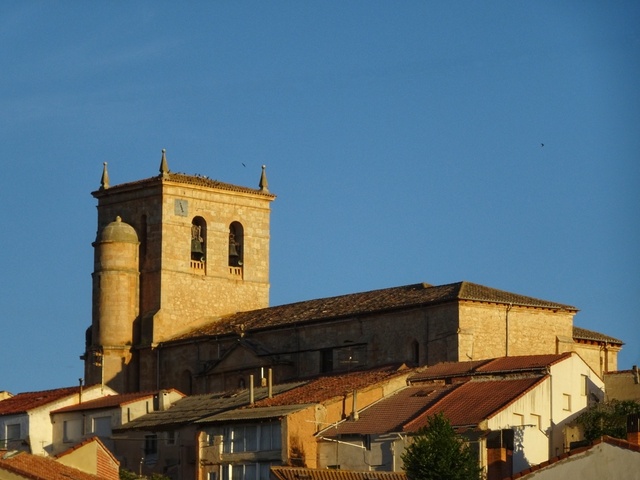
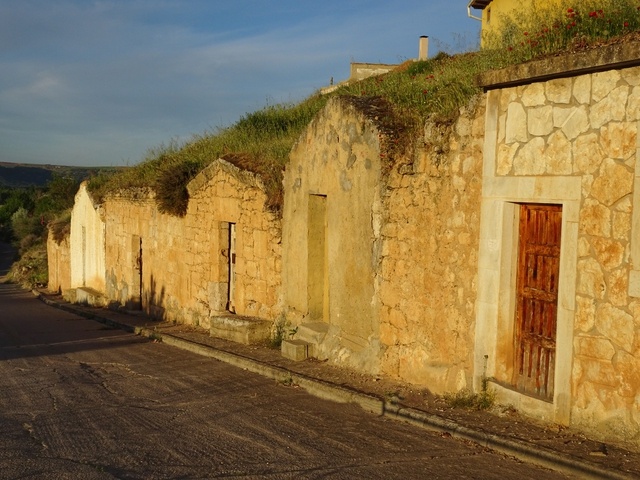
The construction of the warehouses was carried out in idle times and are jointly owned by neighbors
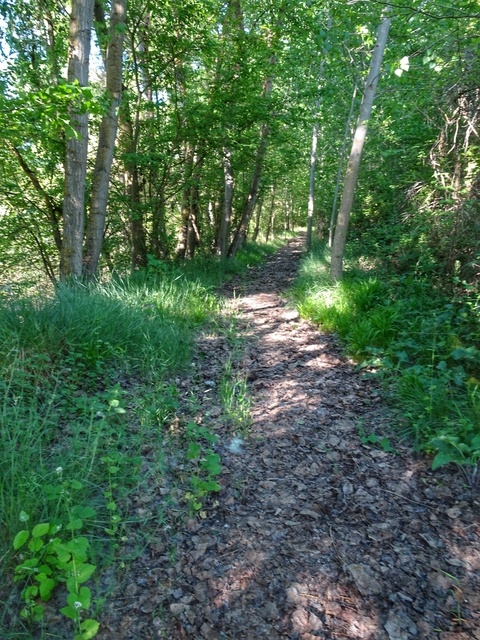
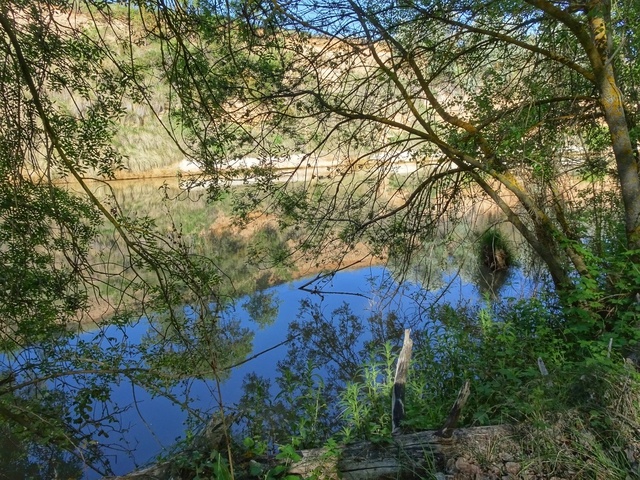
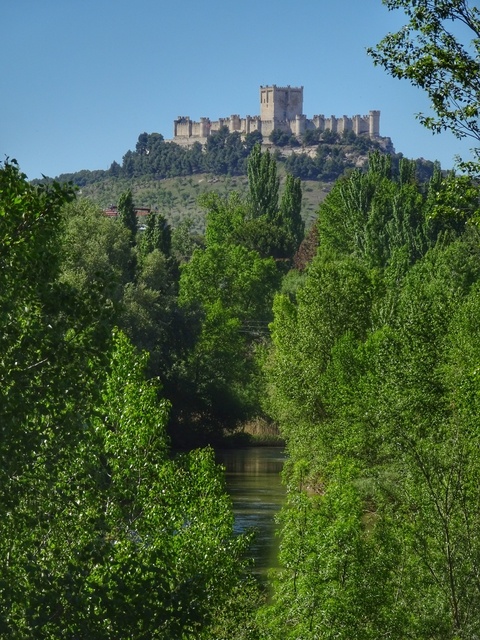
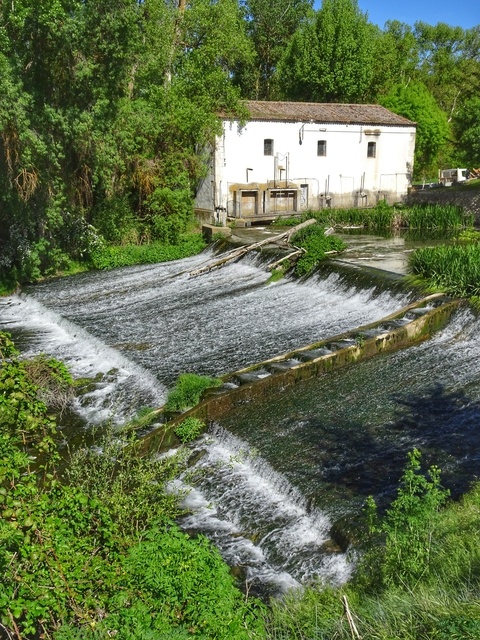
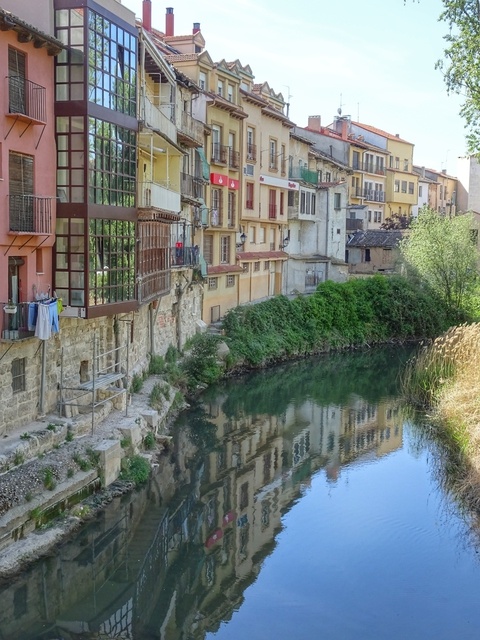
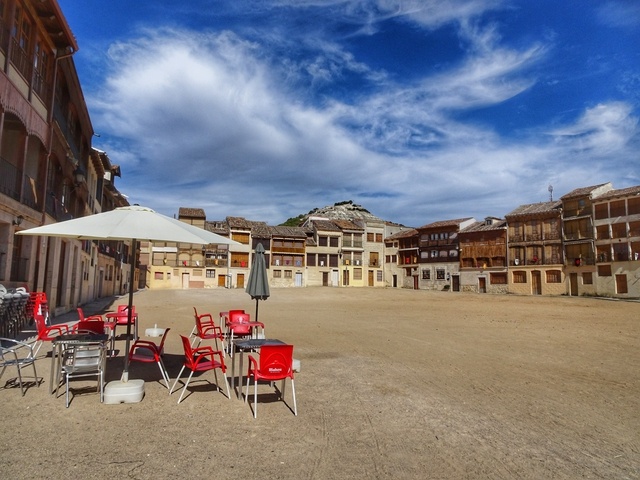
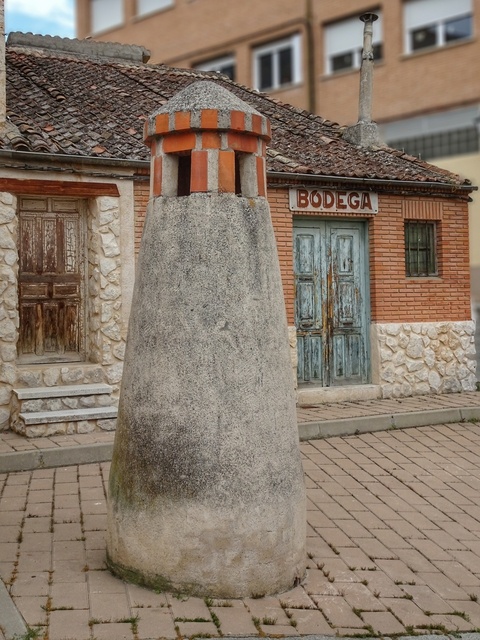
These caves have chimney vents to evacuate the gases generated by the fermentation of the grapes
